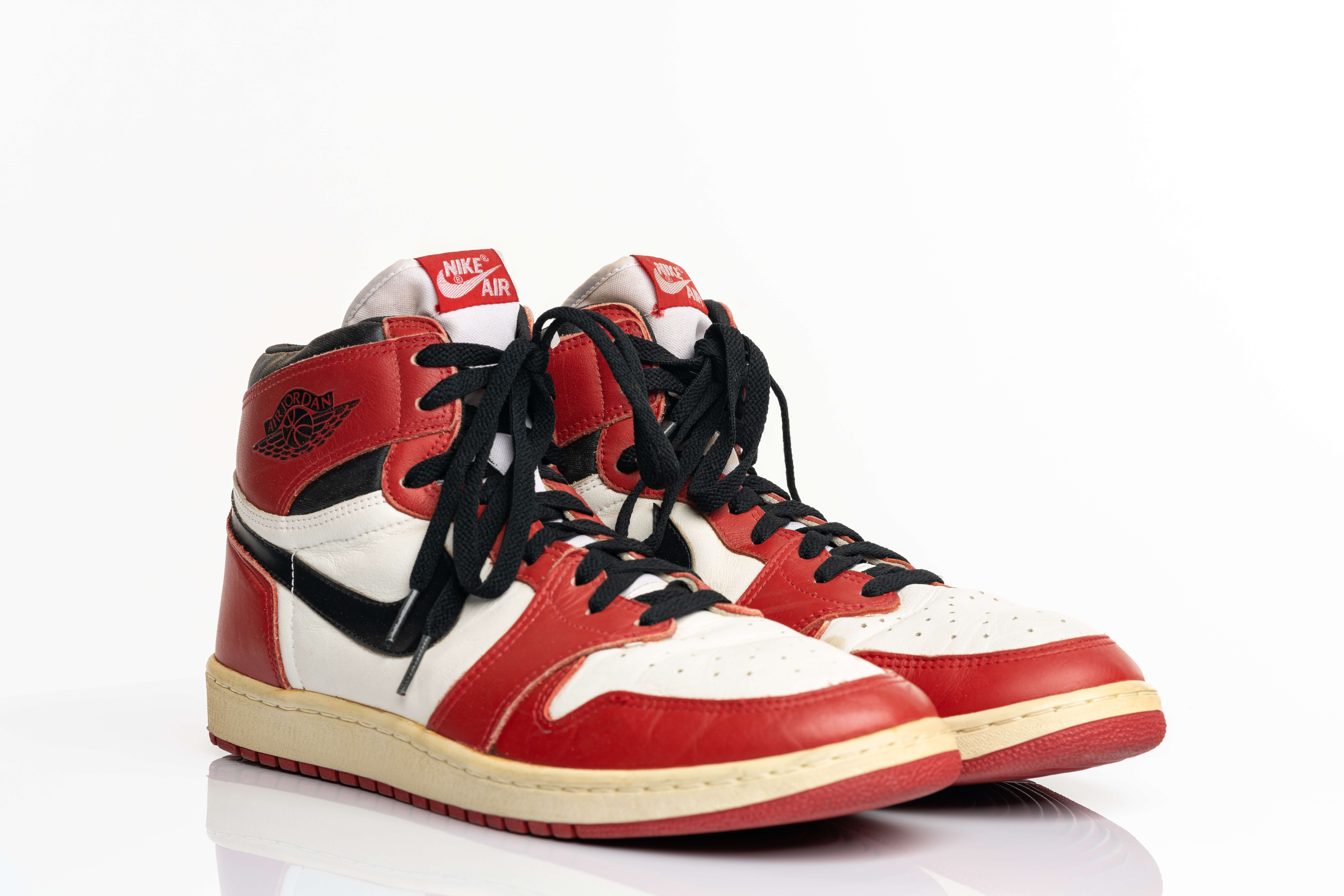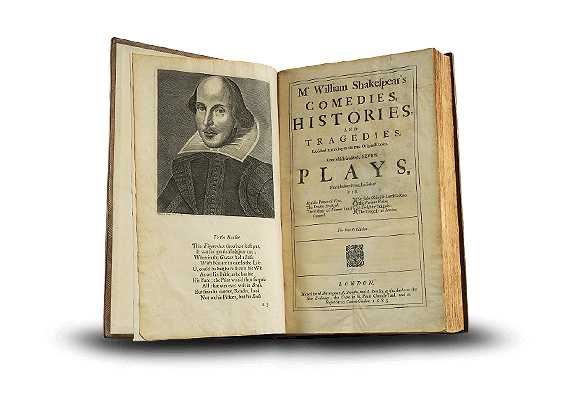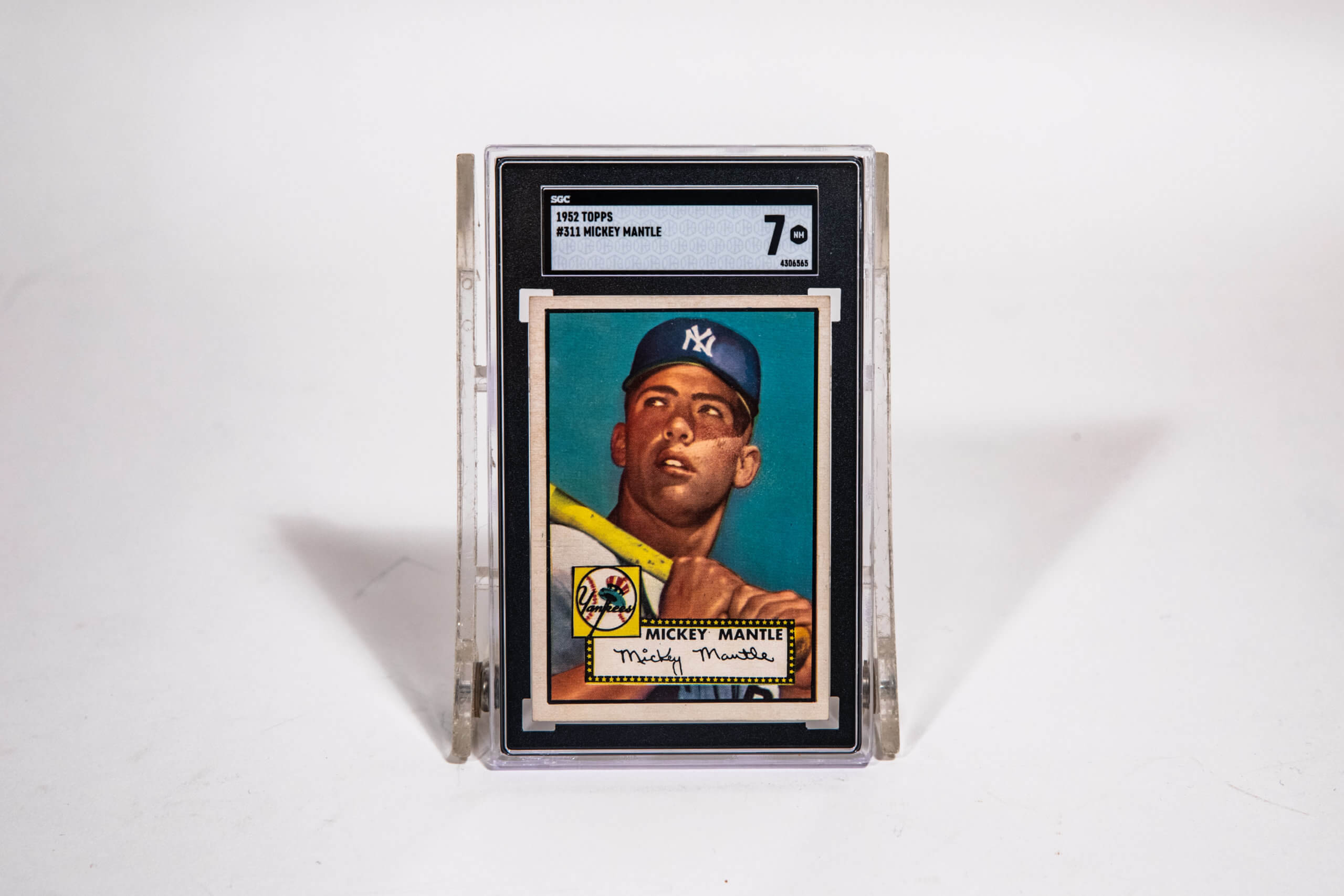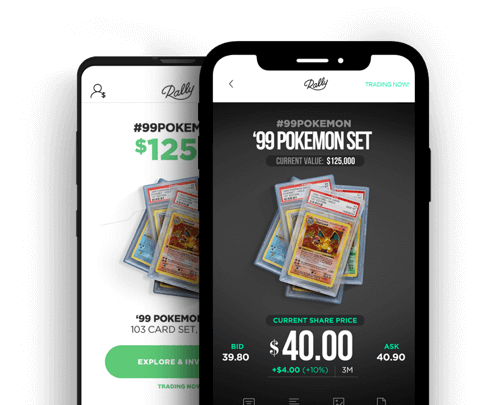Blog > Stories
Music Theory and Vintage Sound Chips: The Different Versions of Zelda’s Iconic Music
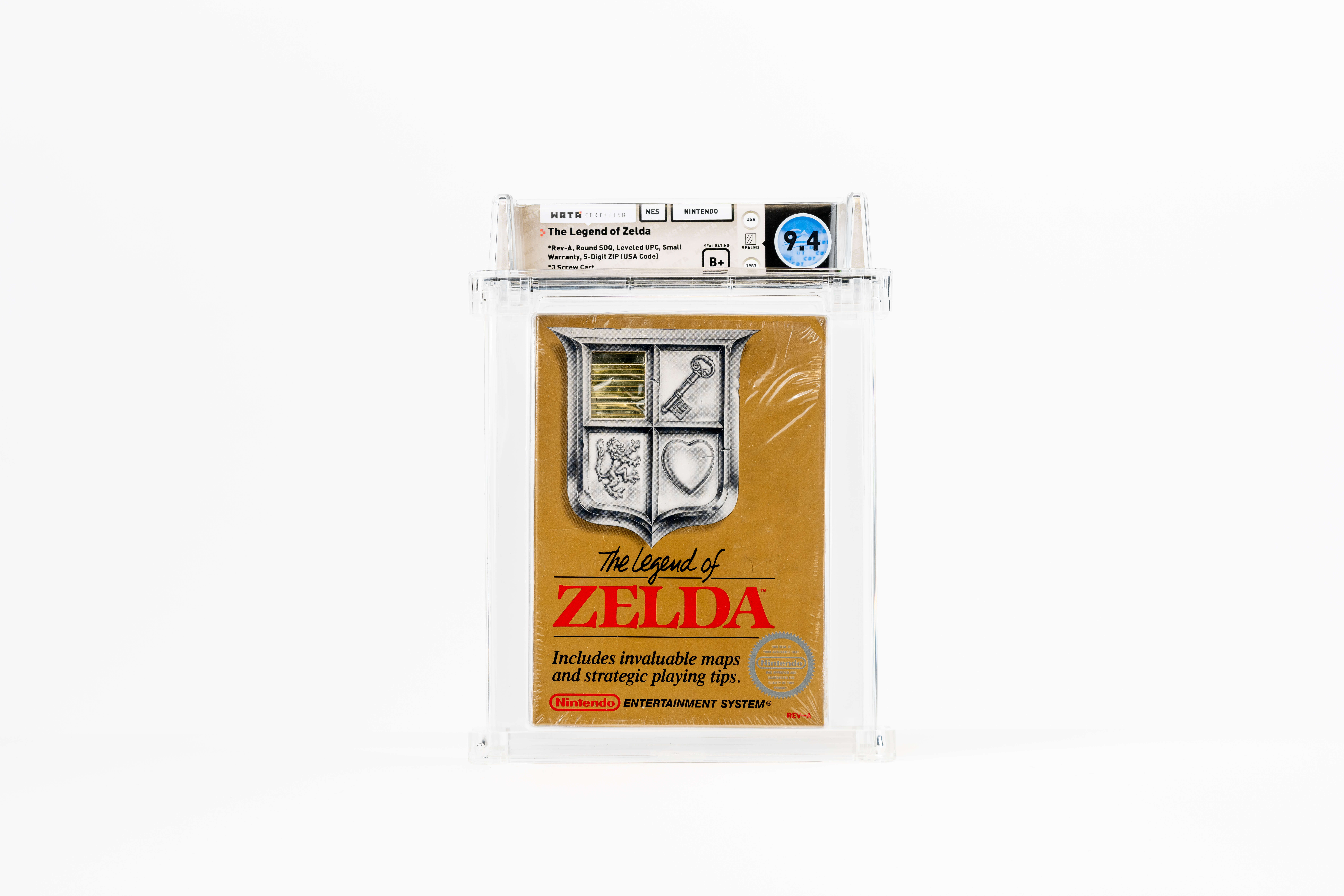
Blog > Stories
Music Theory and Vintage Sound Chips: The Different Versions of Zelda’s Iconic Music

A Fuller Fanfare
If you’re looking for the most layered and full music in an 8-bit game, you’ll most likely find it on the title screen. Here composers can write songs without compromise. Songs accompanying gameplay have to accommodate sound effects that could take over an audio channel at any time. All game composers of the era had to consider this.
“When you’re arranging for the NES, you have to consider that all those channels that we’ve seen are also going to be used for the sound effects. So if your design is poor and you don’t arrange with that in mind, you’re likely to have important parts of your music be cut out by Link stabbing something or opening up a wall or anything that has a sound effect.”
— Thomas
If you track down the FDS version of The Legend of Zelda or watch gameplay on YouTube, you’ll notice many of the sound effects are different from the NES version. This is because Kondo put many of the sound effects on the extra wavetable synthesizer channel to make it sound distinct from other cartridge-based games at the time and also to prevent the effects from interrupting the music.
Listening Party – Fanfare for Treasure
“This is a really great example because when you pick up a key item in Zelda, you hear this tiny little fanfare. In the FDS version it literally just fills in one inner voice. It sounds fuller and slightly more epic, but it’s just one additional voice in this little ascending triad that you hear. You’ll hear just in the middle in between the lower voice and the upper voice. The NES version almost sounds a little bare.”
— Emily




